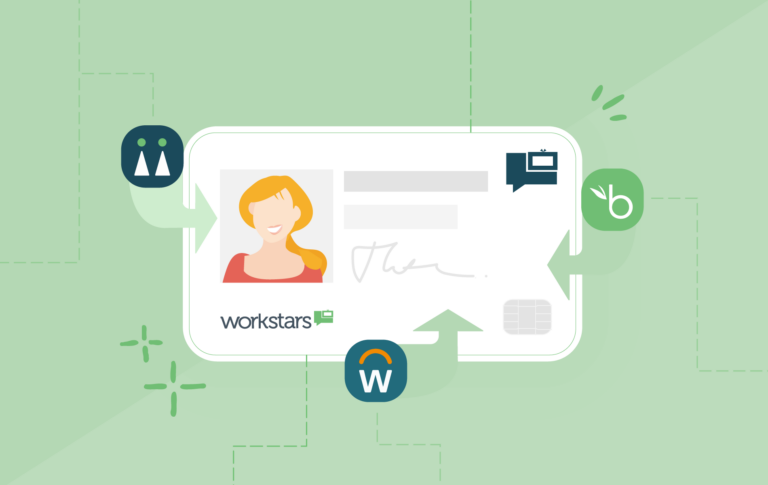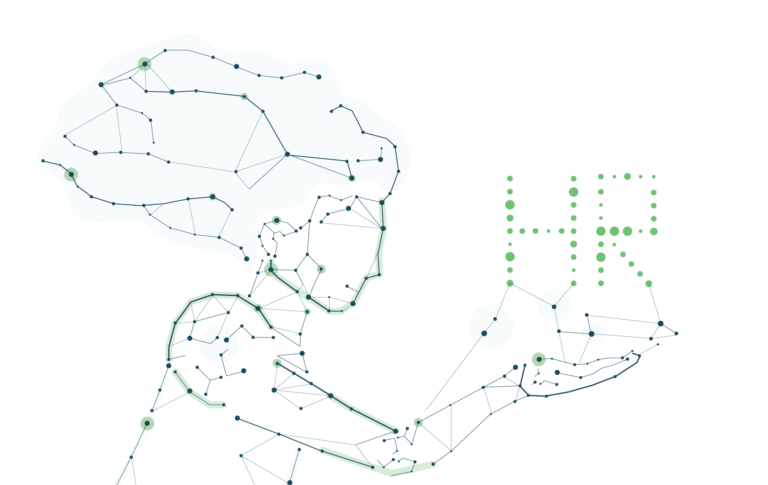Simple and Effective Workforce Analytics
The adoption of workforce analytics is one of the most exciting developments in business and now people management. It makes a lot of intuitive sense that we can gain significant benefits for the management of talent from the analysis of HR and business data, just as many businesses have already improved other areas, for example marketing and sales, through the analysis of customer and other data.
However case studies, Return on Investment evaluations and other data based justifications for using talent management analytics are still in short supply.
There are also few good, sound analytics on the use of talent management analytics! (A few correlation studies do exist but the worry with these is always about the direction of causality – does analytics lead to better business performance, or does performance justify investment in analytics?).
This is not just my view. For example, in a recent presentation on analytics held together with the CIPD, the Corporate Executive Board (CEB) presented four examples of talent analytics leading to impressive results from different areas of the world. However they also commented “You may have noticed that the world map isn’t particularly crowded with great examples. I’d like to say it’s because we like white space on our slides but in fact we were hard pressed to find many organisations with great success stories to share here.”
The CEB note that early success in analytics usually comes from improvements in technology and the data it provides (however beyond a certain point no further benefits will be obtained without a strategic approach to talent management and the use of analytics to improve it).
In previous posts I’ve already argued why I think recognition provides a great basis for more strategic talent management. In this article I’d like to explain why I think it provides a really useful starting point for talent analytics as well, and could therefore provide a simple and effective way of helping companies gain further, data based benefits for their people and businesses. This would help the help the HR profession start generating a few more sound case studies of talent analytics in the bargain.
The important thing to realise is that the simplest benefits for technology based analytics do not come from a core HR system. Instead of this, they tend to be provided by specific technologies which deliver better functionality than face-to-face or pencil-and-paper but which also, by capturing the data generated from these automated activities, can also provide great new opportunities for easily and automatically generated analytics.
Enterprise social networks (systems which can very loosely be described as the corporate equivalents of Facebook, such as Yammer, Jive, and indeed, Facebook at Work) provide a good example. By moving conversation out of a face-to-face environment into technology, these systems capture new types of data (who is talking to who, and what they are talking about) which provides a new focus for analytics.
For example, these systems can automatically provide analysis of an organisation’s social networks, helping identify how closely connected people are, and who are the most closely connected, and could therefore be described as the organisation’s social talent (those who contribute disproportionately to the organisation, and do so through their contribution to other people rather than just the direct delivery of their own personal objectives.) Semantic analysis can also provide indications about people’s key concerns, the mood of the organisation and even possible business opportunities.
Similar opportunities arise in areas such as CV parsing or video conferencing in recruitment. Once processes have been automated and converted into data, new opportunities arise to help make better decisions through analysis of the data which has been provided.
So, for example, some video interviewing vendors suggest they can use analytics to provide a short-list of candidates from all of the videos which have been provided, with this initial cut based upon data about people’s body language and the way they answer questions, correlated against behaviours of people identified as top performers. Without the use of technology much of this data would previously have been ignored or discarded for being too subjective.
The types of analytics listed above use large, reliable data sets and could even be considered to use ‘big data’. However they concern tactical, operational activities or just the metadata (name / job, time of day, length of message etc) ore pre-analysed summaries (eg from semantic analysis) from more strategic activities. Therefore, the value provided by the types of analytics listed above is always going to be quite low.
In contrast to this, analytics of a recognition system get straight to the heart of really important information without losing any of the validity or meaning from this information. Business leaders can see who is recognising who, who is being recognised and what types of areas are being recognised.
For example, if the recognition system is tied to a company’s values then leaders can see which values are being lived most easily by people in the organisation and which may need a little more explanation, reinforcement or encouragement. The analytics provided by these systems using this more strategic information therefore leads directly to better decisions about people, management processes and organisational cultures.
The potential to provide useful analytics is not the reason to implement a recognition system – companies should do this because of the strategic value of enabling people to express themselves through recognition. This is simply the easiest way of improving employee engagement and ensuring the organisation’s values are lived by all employees.
However if you do implement social recognition for these other reasons then the opportunity to start your own journey towards talent management analytics is a great supplementary benefit too.


 Great managers vs natural leaders: What’s the difference (and does it matter?)
Great managers vs natural leaders: What’s the difference (and does it matter?)
 Workstars now integrates seamlessly with the HRIS you use every day
Workstars now integrates seamlessly with the HRIS you use every day
 AI in HR: Where are we at (and where are we going to end up?)
AI in HR: Where are we at (and where are we going to end up?)